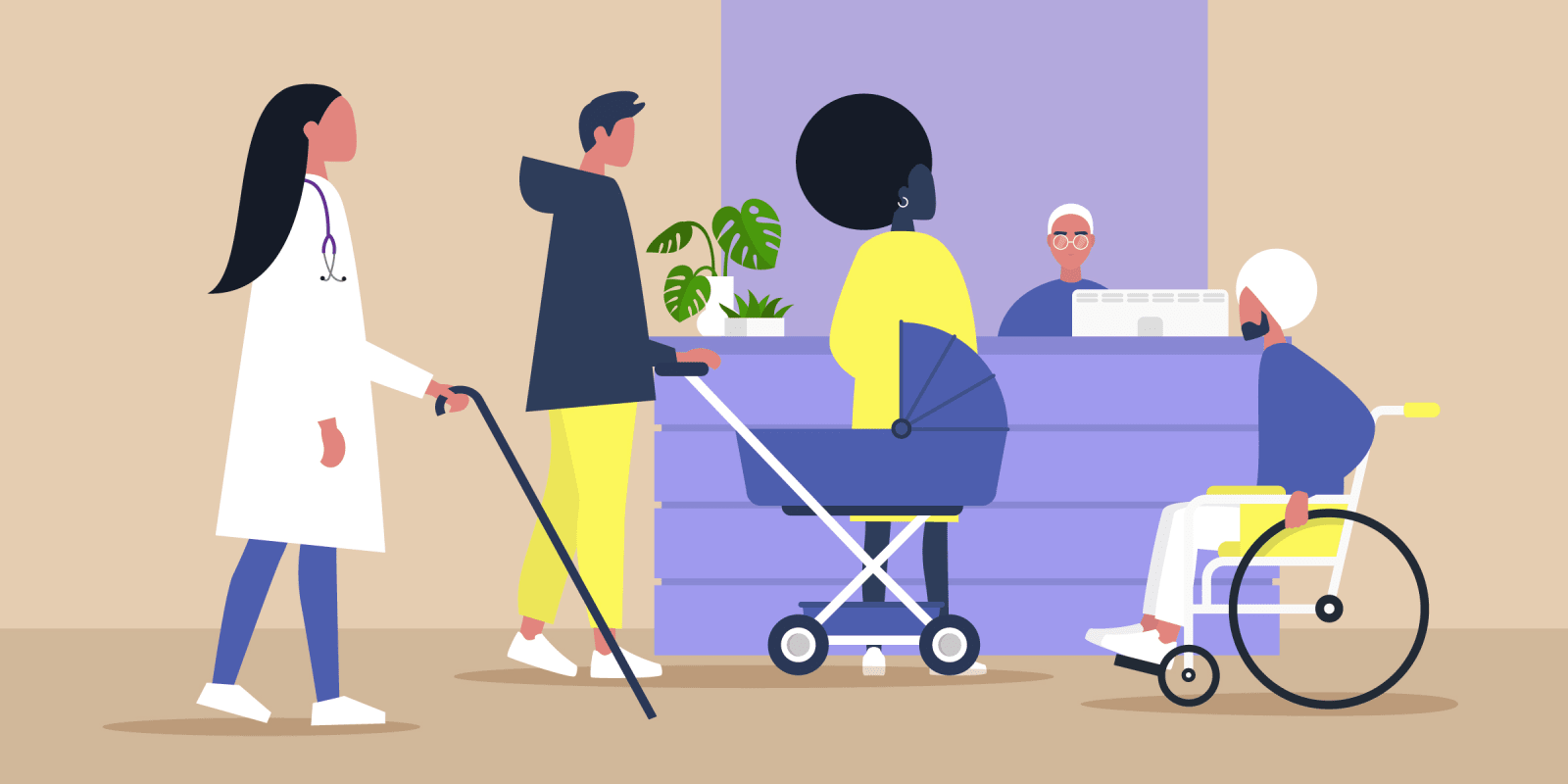The cellphone clock displays 5:45 a.m. I lie in bed, lingering, procrastinating, waiting for the alarm to buzz. Sleep is fitful when I am edgy. It is my first day returning to the ICU after a 10-week hiatus due to knee surgery. My recovery has not followed the predicted course. Consequently, I am apprehensive about my ability to fulfill the physical demands of an ICU shift.
I secure the bulky leg brace. My quads have atrophied, and the neural-motor pathways are fractured, seemingly beyond repair. I lack confidence in my innate ability to stand and ambulate without assistance. I rely wholly on my cane. I am wary about the perception of my disability at work.
I behold the sunrise in the rearview mirror. Pacific Northwest sunrises are magnificent. The snow-covered mountains, edged with pink, orange, and sepia hues of the ascending sun, enthrall my senses. It is a stark reminder of the insignificance of my being.
I park in the covered lot that is reserved for hospital employees. My knee is stiff as I transfer my weight from cane to leg. I need to prop my body against the car door, not only for balance but to brace against the pain. I flex and extend my leg a few times, willing the joint into fluid mobility.
The walk to the hospital appears unattainable. Normally, I would appreciate the serenity of the rose garden, in blatant contrast to the angst and suffering of the ICU. Today, however, my eyes are intent on scanning the ground, vigilant, so as not to stumble over a random pebble on the concrete walkway. One step at a time, aware of muscles, joints, and nerves, with my unconscious mind orchestrating multiple pathways that govern movement, the cane supporting my body weight.
I struggle to scan my badge at the entrance, whilst grasping the cane, looping my lunch bag over my shoulder. I am cognizant of other employees waiting behind me. I do not want to delay their entry.
I make my way through the check-in counter, the badge allowing unrestricted entry. I am still focused on the ground as I limp my way to the elevator. I am relieved to be the sole occupant. The door to my office is locked. I let myself in and arrange the cane and bag on the side table. Next, I start the ritual sanitizing of the workspace with disinfecting wipes. My colleague arrives and inquires after my recovery. I hide my apprehension; I feel uncertain, unconfident, insecure.
After we finish signing out, I take a deep breath. I plan on 10 minutes of physical therapy exercises to prepare for rounds. Halfway through my routine, the overhead speaker announces, “Code blue, Room 701!” My face flushes. Instinct kicks in as I scramble for the cane. My knee buckles, and it takes a few seconds to steady. My limp is exaggerated as I hurry out of the office to traverse an immense corridor leading to the elevator. The exercises have helped; I feel somewhat stable. I make my way to Room 701. I conceal the cane at the nurses’ desk before entering the room.
The primary hospitalist has arrived. She gives me a detailed rundown of the patient’s history. He has been in the hospital for two weeks, battling a perforated viscus that, after repair, is complicated with multiple intra-abdominal abscesses needing additional external drain placement. He has acutely decompensated and is in respiratory distress. He is confused, grunting, struggling to breathe. He abruptly slumps forward, and I discover he has no pulse. He has an organized heart rhythm on the vitals monitor. I give instructions to the staff, as I simultaneously place a breathing tube in his airway to relieve his distress. I direct the rhythm of CPR and medications like epinephrine to be administered intravenously. We work on the patient for about 20 minutes. His wife has been called by staff and is on her way.
By the time she arrives, we have return of spontaneous circulation. I decide to obtain a CT scan to rule out a pulmonary embolism and reevaluate the intra-abdominal infection. It has been approximately 40 minutes, and I have forgotten about my knee in the organized chaos of the code. As the adrenaline surge subsides, I feel a familiar sharp throbbing in my knee, reminding me to slow down.
I accompany the patient and his nurses to the CT scanner. This involves another long trek down to the first floor. After the scan, we clamber to the second-floor ICU, where the patient will receive further care. I place urgent orders for labs, pressors, fluids, and antibiotics into the EMR.
I remember my cane. It has been forgotten on the seventh floor. It will need to be retrieved. I need to rest for a few minutes before I am able to do that. I utilize this time to review the patient’s chart, reading about his hospital stay. I review the CT images that have popped up in the EMR. There are no pulmonary emboli, but the abdomen looks grotesque, and it is hard to spot normal anatomy. I suspect his acute decompensation is due to sepsis resulting from worsening intra-abdominal infection. The radiologist calls to confirm my interpretation.
I stumble back to the ICU and inform the patient's wife of the CT findings. She grapples with the grim prognosis. She has been on a roller coaster ride for weeks. She is acutely aware that this ride is nearing its tragic conclusion. She affirms a DNR order, with tears clouding her vision. She requests time to gather family.
I walk up to the seventh floor to retrieve the cane. I have many patients that I have not yet rounded on. I make my way back to the second floor. My steps are measured and balanced. My pager beeps. The code blue patient’s family members have arrived. They are ready to transition him to comfort care measures.
What drives you to prioritize patient care amid personal challenges? Share your experiences in the comment section below.
Dr. Rizwana Khan is a board-certified pulmonary and critical care physician.






